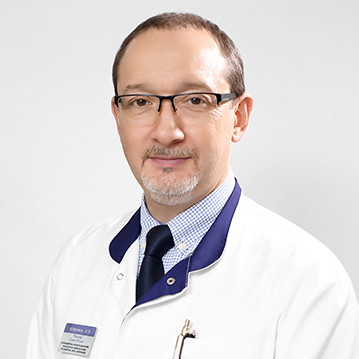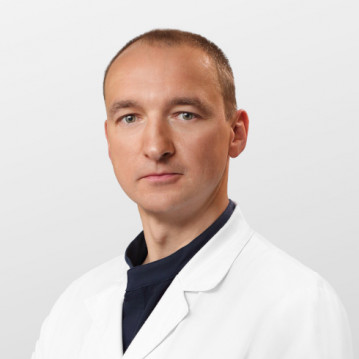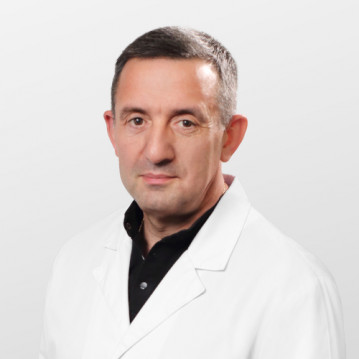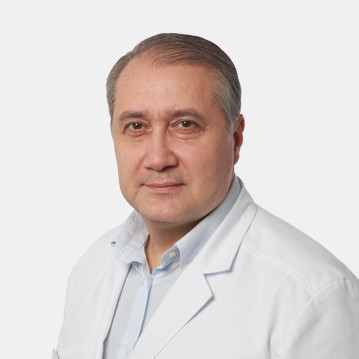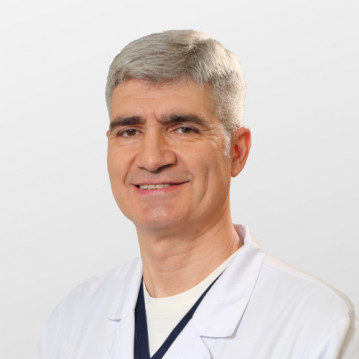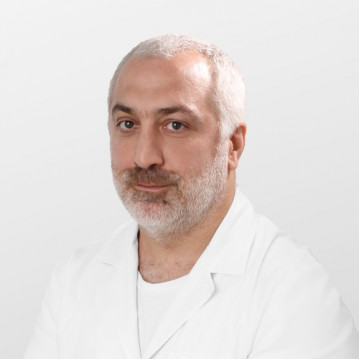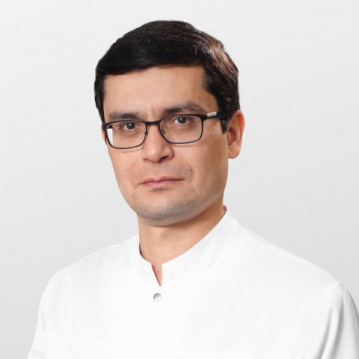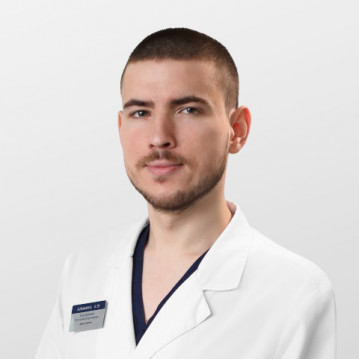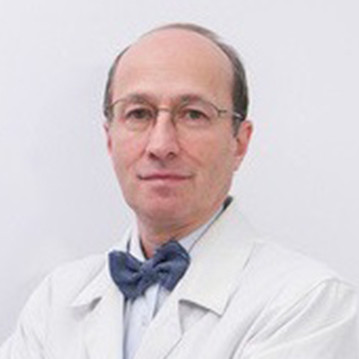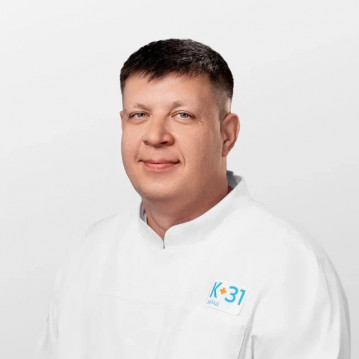Andrological surgery
Diagnostic and therapeutic manipulations at the "K+31" clinic are carried out in accordance with international standards and clinical guidelines. To clarify the diagnosis and additional examination, the andrologist sends the patient for a consultation with related specialists.
The main types of treatment for andrological pathologies are:
- conservative (at the initial stage of the disease);
- operative methods of therapy;
- microsurgical interventions;
- surgical treatment of tumor processes.
The choice of treatment tactics depends on the nature of the pathology, the severity of the condition, age, the presence of concomitant diseases, the individual characteristics of the patient.
Before surgical treatment, a full examination is carried out, which includes laboratory tests of blood and urine, ECG, ultrasound of the scrotum and other organs according to indications, etc.
The main contraindications for surgical treatment are:
- acute infectious diseases;
- condition after a stroke, myocardial infarction;
- blood clotting disorders that cannot be corrected;
- severe concomitant pathology in the stage of decompensation;
- local inflammation.
Assessing health status and identifying chronic diseases will help prevent unwanted consequences.
Scrotum surgery
Surgical interventions are aimed at restoring the functions of the organ or removing the testicle in case of damage to the pathological process. Additional reasons for performing the operation are persistent pain, impaired sperm formation, signs of testicular atrophy, etc. Manipulations are performed on a planned or emergency basis using general or local anesthesia.
The following techniques of surgical treatment of varicocele are used, the purpose of which is to block the reverse flow of venous blood:
- The Marmara operation is a gentle microsurgical technique recognized as the “gold standard” for the treatment of this pathology in patients of different age categories. It is the preferred method in adolescents and those with underlying chronic conditions. As a result of the operation, there is a complete restoration of normal blood flow in the spermatic cord. The advantages of the technique are high efficiency, low trauma, short recovery period, and improved reproductive function.
- Ivanissevich's operation consists in ligation of the testicular vein in its iliac region, followed by resection. This is a proven, easy-to-perform technique that is performed through the inguinal access. Among the disadvantages: trauma, the possibility of complications, re-development of varicocele, aesthetic defect.
- Microsurgical varicocelectomy. During the manipulation, special microscopes and instruments are used, which ensures high accuracy of actions, reduces trauma to neighboring tissues and the risk of complications.
- Laparoscopic clipping of the testicular vein. Minimal damage to surrounding tissues allows the patient to return to their usual way of life as soon as possible.
Indications for surgery for hydrocele are a progressive increase in the size of the organ, a feeling of pressure in the scrotum, problems with urination and other manifestations that worsen the quality of life. Depending on the characteristics of the pathology, the following are used:
- classical techniques: Bergman operation for large dropsy, Winckelmann technique (useful for minor fluid accumulation);
- sclerotherapy, laser tissue excision, etc.
Surgical manipulations on the vas deferens are performed with infertility caused by obstruction of the ducts.
Andrological operations on the male genital organs:
- Removal of a spermatic cord cyst. In the presence of severe discomfort, impaired sexual function and diagnosed infertility and the risk of malignant degeneration, surgical intervention is necessary. After treatment, the structure of the organ is restored and the patency of the channels improves.
- Surgical removal of an epididymal cyst - spermatocele. The cause of a benign neoplasm is a violation of the excretion of fluid, which serves to transport sperm. Pathology occurs against the background of local inflammatory processes, trauma, hypothermia of the scrotum. The operation is the only way to eliminate the problem, as a result of which the sexual function is restored.
- Manipulations on the head of the penis are carried out in case of pathology of the foreskin, anomalies in the structure and development of this anatomical structure.
- The Reich operation is a radical treatment for oleogranuloma, which is an overgrown tissue under the skin of the penis. It occurs due to the introduction of foreign hardening substances to increase the size of the penis. The operation is performed by experienced surgeons with extensive practical experience in complete confidentiality.
- Surgical techniques for the treatment of curvature and deformities of the penis. Indicated for congenital anomalies. The result of the operation is the restoration of the shape of the penis with preserved reproductive function.
- Microsurgical manipulations for erectile dysfunction, the purpose of which is to improve blood flow.
- One of the actively developing areas of andrology is penile plastic surgery. Among the indications for this type of surgery: congenital and acquired deformities, dysfunction due to traumatic injuries, chronic pathologies. Depending on the purpose of the intervention, the foreskin, appearance, shape, and size of the penis are corrected.
The decision on the appropriateness of the intervention is made only by a specialist, taking into account the age, severity and nature of disorders, general health and a number of other factors.
Doctors-urologists of the medical center "K+31" use modern diagnostic equipment, the latest developments in the treatment of diseases of the male genital area. The professionalism of our specialists allows us to carry out high-quality low-traumatic operations, restore health and quality of life to patients.
For more information, you can call the clinic or fill out a special online form on the site.
